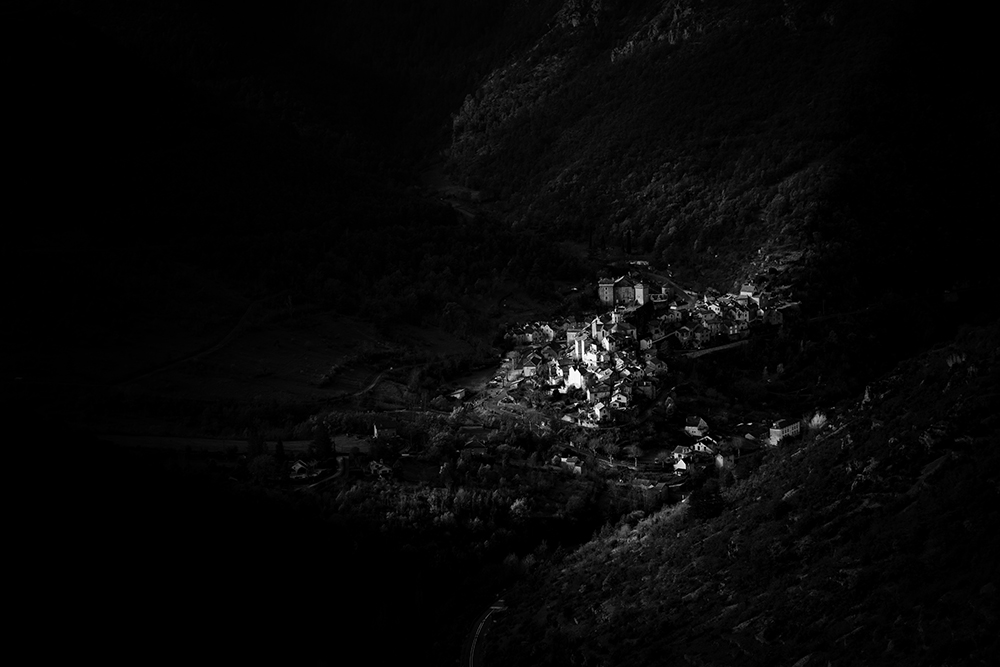ENTRY DESCRIPTION
I thought that this could only happen in the context of a nuclear disaster. I had dealt with the consequences of a computer virus but not with a biological virus that could stop the world. A thing so small that you can’t see it — no more than one-thousandth the width of a strand of hair — is enough to almost collapse economies.
At the beginning of the year, the media showed pictures from hospitals in Lombardy, Italy, which is a four-hour drive from where I live. One doctor said that she had to decide whose life she was fighting for and who she had to let die because of a lack of capacity. Days later, I saw pictures of Italians on their balconies, clapping their hands to thank the people in hospitals for their work. But this was only the beginning. Later, dozens of people were dying alone every day in the city of Bergamo.
A few weeks later, it became clear that this was only the beginning.
If it takes so little to destroy the balance of the world, then what about the future? Before the COVID-19 crisis, Jonathan Franzen wrote in the New Yorker, “Today, the scientific evidence verges on irrefutable. If you’re younger than sixty, you have a good chance of witnessing the radical destabilization of life on earth—massive crop failures, apocalyptic fires, imploding economies, epic flooding, hundreds of millions of refugees fleeing regions made uninhabitable by extreme heat or permanent drought. If you’re under thirty, you’re all but guaranteed to witness it.” It seems to me that we live in a rapidly darkening world.
Whenever I buy a device, the manufacturer provides me with a warranty for one year or so. Yet, there is no such thing for a good life.
AUTHOR
I am fascinated by gloomy views, by dark and heavy clouds, and by huge snow walls and snow corridors. Most of my images are created on the edge of daylight. I prefer to work during soft light because there are no locked shadows or harsh highlights. That time at the border of daylight or under a cloudy sky, has less contrast, so I like to incorporate diffused light, rain and falling snow into my work. Such conditions create the opportunity to reduce an image to gray tones and strong contrasts.
The majority of my most powerful experiences have emerged when I have been outside my comfort zone, when my wife and I are travelling on foot and only carry the bare essentials that fit in our backpacks. A mountain tour during a cloudless day is usually a beautiful event. However, the same tour during a snowstorm can be a truly unforgettable experience. How such an excursion ends depends on you have prepared for it and the ability to say “that’s enough for today” and turn back when it is necessary. Sitting in a small tent, during long days of rain when everything is wet and cold can be a boring and unpleasant experience. During such moments, I sometimes wonder why I bother doing such a thing, but when I return back home the first thing I usually do is start to plan the next short or long stay outside the comfort zone.
Such thoughts have had a strong influence on my work that has been presented in “My Work” and “Portfolio”
I live with my wife in a small town in the Emmental region of Switzerland.
back to gallery
